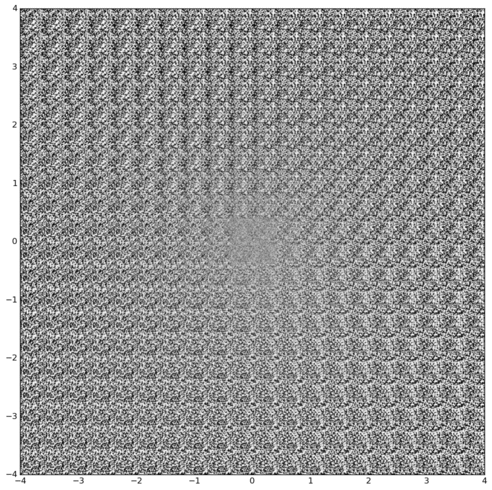 |
Statistical Methods and Computation: SDGB 7844 |
|
Description This main theme of the course will be algebraic connections between modern statistics and computation. Participants will implement numerical algorithms and learn to use software resources in lab sessions. Topics will include solving linear systems and differential equations, LU decomposition, pseudoinverses, and finite difference methods, transformations and distributions, simulating random walks, sampling and markov chains, numerical integration, quadrature, tensors as multilinear functions, tensor decompositions, the power method, Jennrich's algorithm, Prony method, symbolic and automatic differentiation. If time permits we will work through tutorials on advanced topics in computational statistics including markov chain monte carlo, variational inference and deep learning. | ||||||||||||||||||||||||||||||||||||||||||||||||||||||||||||||||||
|
Prerequisites An introductory background in statistics (some exposure to linear algebra, multivariate calculus and probability). | ||||||||||||||||||||||||||||||||||||||||||||||||||||||||||||||||||
|
Textbooks While no prior programming experience is required and we will introduce the fundamentals, one learns best by doing. The syntax and semantics of any programming language will thus not be the emphasis of the course. Watch any videos and attempt tutorials posted before class. Come prepared to work with a laptop to best use the time. | ||||||||||||||||||||||||||||||||||||||||||||||||||||||||||||||||||
|
Additional Resources Python for Scientific Computing Anaconda Distribution Anaconda - Installation and Using Conda Numerical and Scientific Computing with Python IPython Notebook Ten Minutes to Pandas Theano Tensorflow Duke's Computational Statistics Notes R Programming and R Studio | ||||||||||||||||||||||||||||||||||||||||||||||||||||||||||||||||||
Grade Distribution
| ||||||||||||||||||||||||||||||||||||||||||||||||||||||||||||||||||
|
Homework Please use LaTeX to typeset your work. Visit the www.latex-project.org to download and familiarize yourself with this tutorial to get started. You may use the following template (cls, tex, pdf). It is highly recommended that you use Python and the Jupyter Notebook. Start early on all programming assignments as these take time. Standard academic honesty policy applies. | ||||||||||||||||||||||||||||||||||||||||||||||||||||||||||||||||||
Tentative Course Outline
|